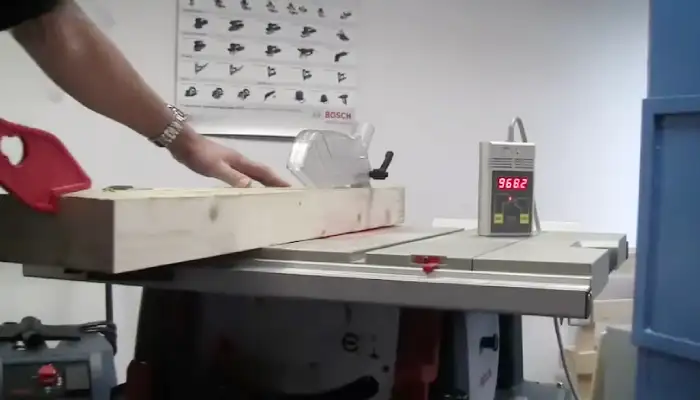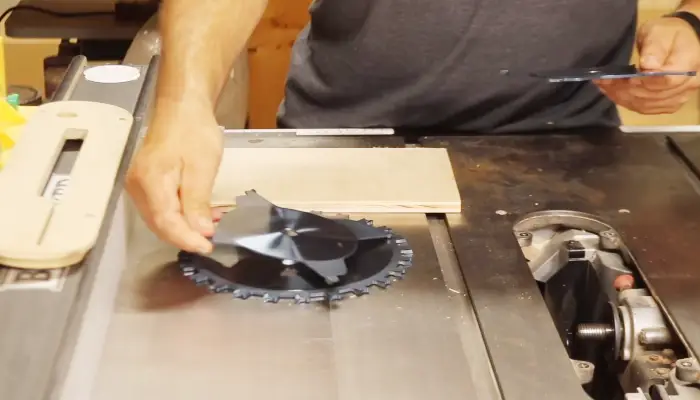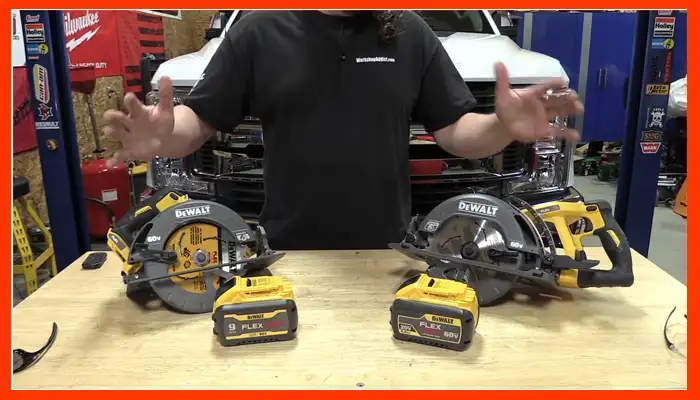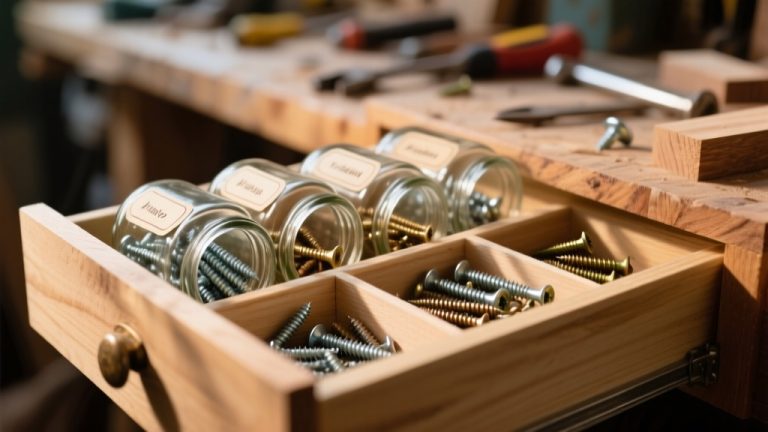How to Reset Overload on Woodworking Table Saw: 4 Practical Steps
In woodworking, nothing is more frustrating than having your table saw overloaded in the middle of a project. But fear not because I’m here to inform you how to reset that pesky overload and get back to work.
Unplug the saw from the power outlet to ensure safety. Locate the thermal overload switch, which is usually found near the motor. By pressing the switch, it can be reset.
Here, I’ll explain the above steps in more detail. I will also discuss why your table saw might be tripping the overload and how certain wood species can contribute to the issue. Let’s dive in and fix the problem together.
How to Reset Overload on Table Saw: 4 Steps to Take
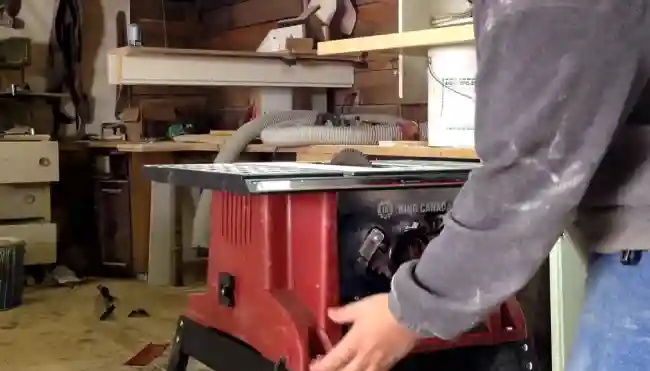
When dealing with an overload on a woodworking table saw, there are several steps to take to reset it. I listed the steps above, and here’s a breakdown of each one:
- Unplugging the saw from the power outlet
- Locating the thermal overload switch
- Pressing the switch to reset it
- Plugging the saw back in and testing
Step 01: Unplugging the Saw from the Power Outlet
You need to unplug the table saw from the electrical outlet to ensure safety while resetting the overload.
Locate the power cord and disconnect it from the electrical outlet. You can prevent the saw from starting up accidentally while you work on resetting the overload by disconnecting the saw from the power source.
Step 02: Locating the Thermal Overload Switch
Disconnecting the table saw from the power outlet, the next step involves locating the thermal overload switch to reset the overload on the woodworking table saw. The thermal overload switch is a crucial safety feature that safeguards the motor from overheating and electrical issues on various table saws.
To find the switch, you should look for a red button or switch near the motor of the table saw. I recommend consulting the table saw’s manual or documentation if you’re having trouble locating the thermal overload switch.
Once you have found the switch, I also recommend ensuring it’s in the ‘off’ position before proceeding with the reset process.
Step 03: Pressing the Switch to Reset It
Now press the thermal overload switch firmly and steadily for two to three seconds. When the switch is pressed, it resets the safety mechanism, allowing the motor to function properly again.
It’s important to apply a firm but not excessive pressure when pressing the switch. Be careful not to use too much force, as this could potentially damage the switch or other components of the table saw.
Step 04: Plugging the Saw Back In and Testing
It’s time to plug the saw back in and test if the overload has been successfully reset. Ensure all connections are secure before plugging the table saw into the power outlet. Once it’s plugged in, turn the saw on and observe if it runs without tripping the overload that can trip the breaker.
If the overload doesn’t trip again, it indicates that the reset was successful, and your table saw should be ready for use.
During the testing phase, I strongly suggest paying close attention to any unusual sounds or vibrations from the saw. These could be signs of underlying issues that must be addressed before proceeding with woodworking tasks. Additionally, monitor the saw’s performance to ensure it operates smoothly and consistently.
Note: If you’re uncertain about the cause of the overload or if the issue persists after resetting, I highly recommend seeking professional help. A qualified technician or electrician can diagnose and address the problem, ensuring the safe and effective operation of your table saw.
Safety should always be a top priority when dealing with power tools, so don’t hesitate to reach out for expert assistance when needed.
Why does my table saw trip when it overloads?
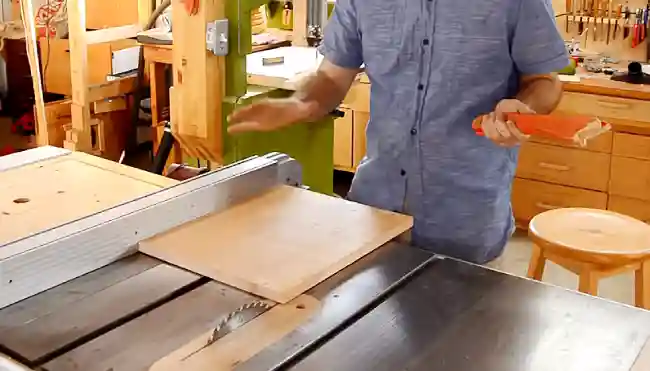
As far as I know, one possible reason is a damaged blade. If the blade is bent or has missing teeth, it can cause the motor to work harder and overload.
Another factor could be a binding blade, where the wood gets stuck between the blade and the table, putting excessive strain on the motor. A faulty motor can also be the culprit. If the motor isn’t functioning properly, it may draw more current than necessary and trip the overload.
Extension cord issues, such as using an inadequate cord or having a loose connection, can also lead to overloads. Lastly, underlying electrical problems in your workshop can cause the saw to overload.
Why does my table saw overload when using certain wood species?
When using certain wood species, the table saw may overload due to their density and hardness. As I know, some hardwoods, such as oak or maple, are known for their high density, which can strain the saw’s motor.
Resinous softwoods, like pine or fir, can also be challenging to cut because of their sticky nature. These woods can cause the blade to bind and create additional resistance, leading to overloading.
The high density and hardness of these wood species require more power and torque from the saw, exceeding its capacity and causing it to trip the overload protection.
Can overloading the table saw lead to long-term motor damage?
I believe overloading the table saw can result in long-term motor damage, potentially leading to costly repairs or replacement.
When the table saw is overloaded, the motor is forced to work harder than its intended capacity, causing it to overheat. This excessive heat can cause the insulation on the motor windings to deteriorate, leading to short circuits or electrical faults.
Additionally, drawing excessive current for prolonged periods can cause the motor’s internal components, such as bearings and brushes, to wear out prematurely. Over time, this wear and tear can lead to motor failure and the need for expensive repairs or motor replacement.
Can the age of a table saw contribute to overloading issues?
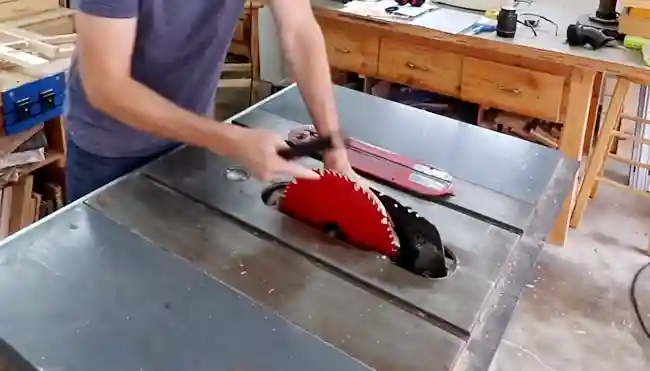
An older table saw can significantly contribute to overloading issues. As a table saw ages, various components can become worn or damaged, decreasing efficiency and performance.
For example, the motor may not be able to generate the same power as it did when the saw was new. This makes it more susceptible to overloading when cutting through dense or tough materials.
Additionally, the electrical system and wiring may become less reliable over time, causing fluctuations in power that can overload the saw’s motor. I strongly advise regular maintenance and inspections to help identify and address these age-related issues before they lead to overloading problems.
Prevent Overload Trips and Safeguard Your Equipment
Understanding how to reset overload on your woodworking table saw is crucial for smooth and efficient operation. As I already discussed above, overload trips can be prevented by identifying the causes of overload trips and taking safety precautions when working with certain wood species.
Additionally, considering the age of your table saw can help address any potential overloading issues. So, why risk damaging your equipment when a few simple steps can keep your table saw running smoothly and effectively? Go ahead and take the time to prevent overload trips now, and thank yourself later.

